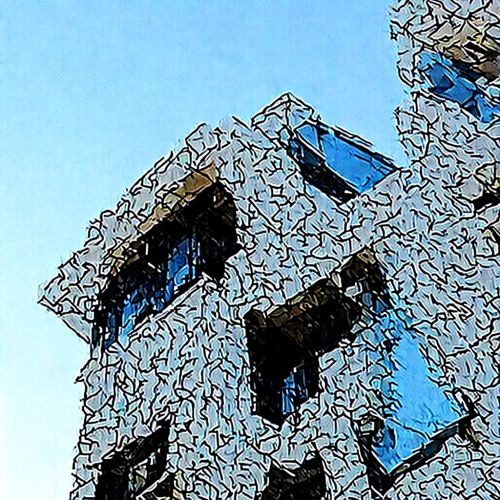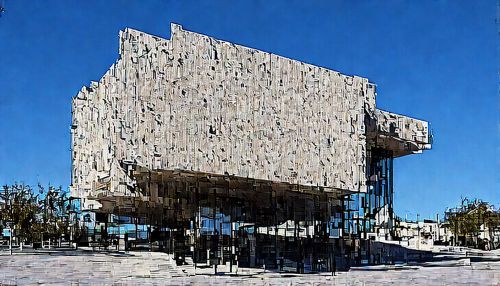Baroque
Origins and Development
The term Baroque originates from the Portuguese word "barroco", meaning "misshapen pearl". This term was initially used to express the disdain for the ornate and grandiose architecture that characterized the period. The Baroque period, spanning from the late 16th century to the mid-18th century, was a time of dramatic expression, contrast, and elaborate ornamentation.
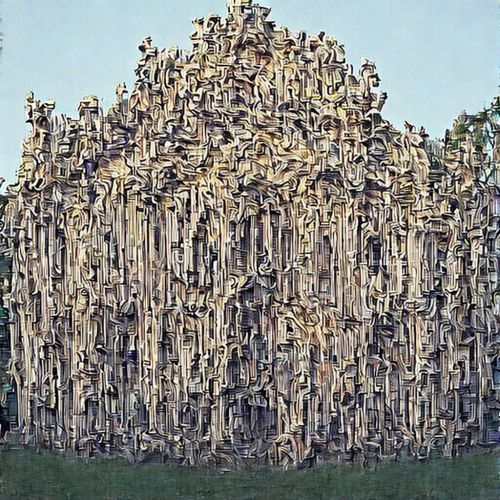
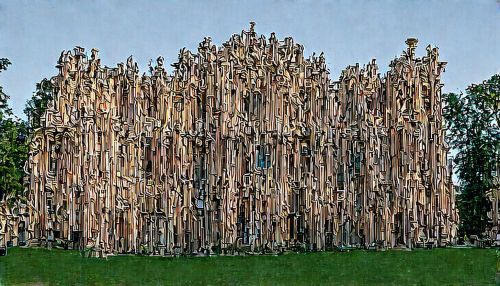
The Baroque style originated in Rome, Italy and was initially associated with the Catholic Church and the Counter-Reformation. The Church used the dramatic style of Baroque art and architecture as a means to impress visitors and express triumph, power, and control. The Baroque style soon spread throughout Europe and was adapted to the various national tastes and ecclesiastical conditions.
Characteristics
The Baroque style is characterized by exaggerated motion and clear, easily interpreted detail to produce drama, tension, exuberance, and grandeur. In architecture, the period is exemplified by the palace of Versailles and by the work of Bernini in Italy. Major features of Baroque architecture included gigantism of proportions, a large open central space where everyone could see the altar, twisting columns, theatrical effects, including light coming from an unseen source, and dramatic juxtapositions of light and shadow. In painting, the style is exemplified by the work of Rembrandt, Rubens, and Caravaggio.
Baroque in Architecture
Baroque architecture is a highly decorative and theatrical style which appeared in Italy in the early 17th century and gradually spread across Europe. It was originally introduced by the Catholic Church, particularly by the Jesuits, as a means to combat the Reformation and the Protestant church with a new architecture that inspired surprise and awe.
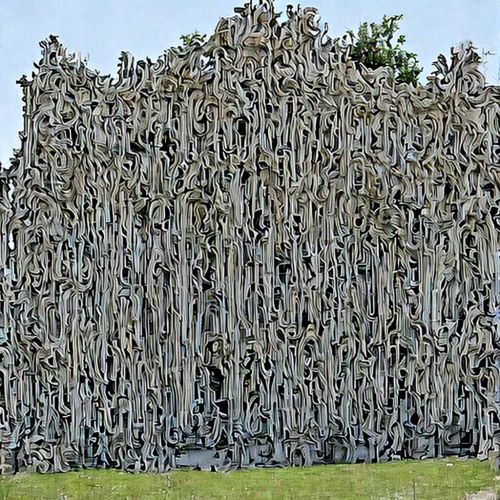
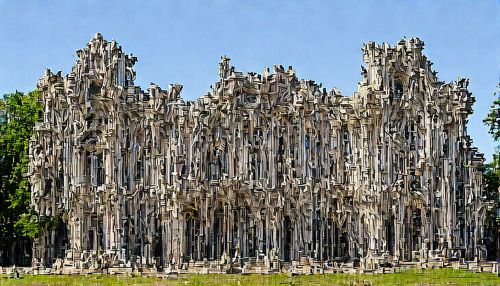
The quintessential architectural style of the Baroque era was designed to create spectacle and illusion. This was achieved through a combination of contrasting light and shadow, twisting elements, and the use of theatrical effects. The interiors of Baroque buildings were often sumptuous and highly ornamented, with a strong emphasis on detail and ornamentation.
Baroque in Art
Baroque art emerged in Europe around 1600, as an reaction against the intricate and formulaic Mannerist style which dominated the Late Renaissance. Baroque art is less complex, more realistic and more emotionally affecting than Mannerist art. This movement was encouraged by the Catholic Church, the most important patron of the arts at that time, as a return to tradition and spirituality.
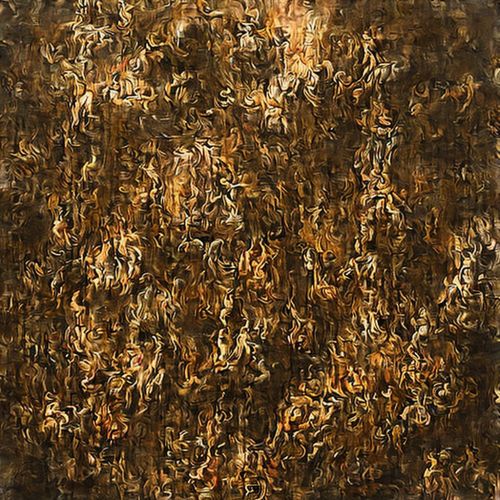
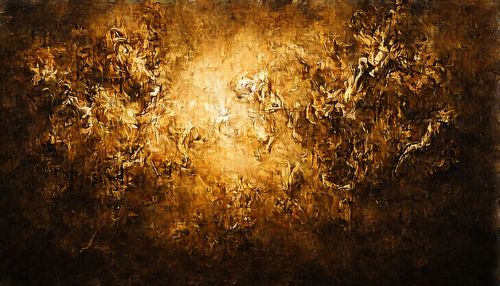
Baroque paintings are characterized by great drama, rich, deep color, and intense light and dark shadows. Baroque art focused on the dramatic intensity and majesty of religious subjects, and took its themes from history and mythology. The figures in Baroque art are full, dramatic and even theatrical, with intricate details that are designed to impress and awe the viewer.
Baroque in Music
Baroque music is a style of Western art music which was composed from approximately 1600 to 1750. This era followed the Renaissance, and was followed in turn by the Classical era. Baroque music is characterized by its complex, ornate and dramatic qualities, as well as its emphasis on contrast and the use of elaborate musical ornamentation.
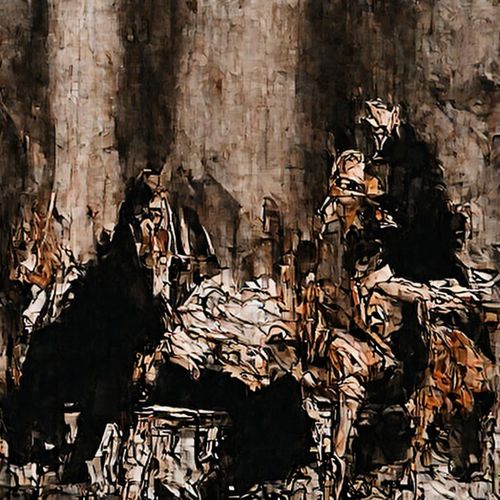
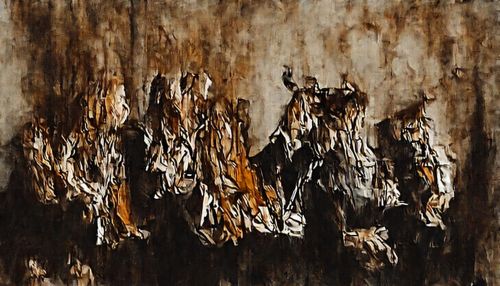
Key composers of the Baroque era include Johann Sebastian Bach, Antonio Vivaldi, George Frideric Handel, Claudio Monteverdi, Domenico Scarlatti, Alessandro Scarlatti, Henry Purcell, Georg Philipp Telemann, Jean-Baptiste Lully, Jean-Philippe Rameau, Marc-Antoine Charpentier, Arcangelo Corelli, François Couperin, Giuseppe Tartini, Heinrich Schütz, Jan Pieterszoon Sweelinck, Dieterich Buxtehude and others.
Legacy and Influence
The Baroque period had a profound impact on subsequent periods of art, architecture, and music. The dramatic, emotive, and grandiose elements of the Baroque style continue to influence contemporary architecture and design. The period is also considered to be the beginning of the tradition of Western concert music, as many of the forms and structures developed during this period are still used in music today.
